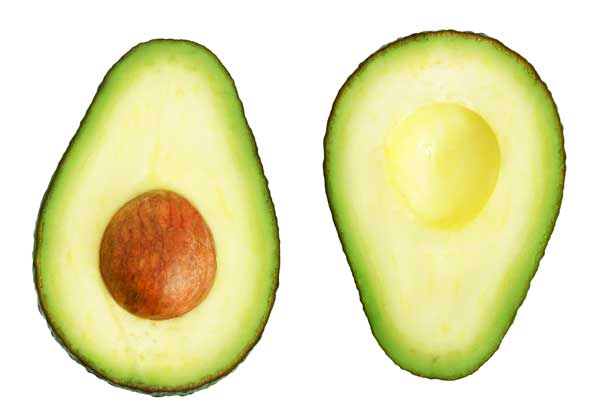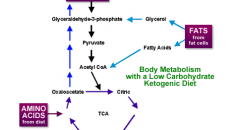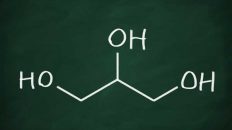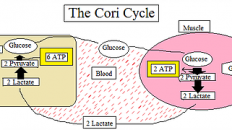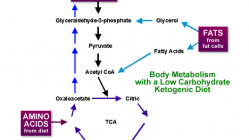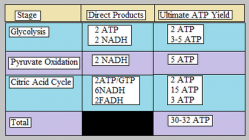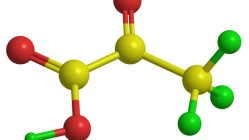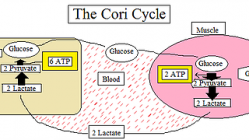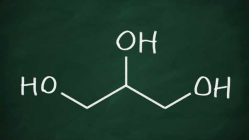This post is not meant to encourage any type of dieting; this post is meant to inform about ketosis and its mechanisms.
Ketosis Defined:
Ketosis, in short, is the presence of ketones in the body due to an extremely low-carbohydrate diet or fasting; in some cases, this may occur from a high alcohol consumption. Although some believe ketoacidosis is an interchangeable term for ketosis the two are mutually exclusive. Ketoacidosis is a diabetic ketoacidosis known as DKA. DKA is a branch of type 1 diabetes mellitus which is an alarming level of ketones and blood sugar. DKA causes the blood to become extremely acidic which compromises organ function and may even lead to death.
Ketones Defined:
Ketones appear in the blood during low-carb diets or fasting; this process is termed ketosis. During ketosis, the body burns stored fat, instead of glucose, for energy.
*During the 1800’s a German chemist discovered ketones and named them as such; the word “keton” comes from the German word “aketon” which translates to acetone.
Diets and Ketosis:
The Keto Diets is a high-fat, low-carb, moderate protein diet and is seen in commercial brands like Atkins or Dukan to name a few. Glucose (carbohydrates) is the prefered source of energy in the body, the keto diet challenges this preference by causing the body to switch over energy sources from glucose to triglycerides (fat). Once the body utilizes all glucose sources and depletes glycogen storages ketosis begins; this is where the body begins using ketones (these are created from the breakdown of triglycerides). Once all the glucose and glycogen is used for energy, the body will convert oxaloacetate in the liver into glucose (sound familiar?). During this period, the body will also begin breaking down fat into free fatty acids which are sent to the liver to metabolize acetyl-CoA. The next step would be for acetyl-CoA then enters the Krebs Cycle in the liver to produce further energy. However, the body cannot perform this task because the oxaloacetate that is being broken down into glucose is also needed for the Krebs cycle to function. Now our bodies have these acetyl-CoA molecules lying around it will break down these molecules into two substances called acetoacetate and beta-hydroxybutyrate (which are known as ketone bodies). These ketone bodies are then sent into the bloodstream where other body cells pick them up, convert these bodies into acetyl-CoA which then enter the Krebs cycle and energy is created.
Ketosis is beneficial for the brain even though glucose is the preferred source of energy. Ketones provide more energy per gram for the brain than glucose. This diet now no longer requires the body to rely on carbohydrates, burns fat, and provides energy for brain function. There are downsides to this diet. Research has shown that ketosis decreases the power output when maximum intensity is required; this should make sense since the breakdown of glucose (glycolysis) provides immediate energy for the body which makes intense workouts become extremely difficult. There is also a decrease in muscle protein synthesis (MPS) due to the high correlation between glycogen availability and protein synthesis; ketosis slows MPS. Further, cases have been reported of the “Keto Flu” where symptoms include headache, fatigue, coughing, nausea, and upset stomach; the Keto Flu has been reported to pass quickly and does not return unless the individual comes out of ketosis. Another downside to this diet is its adherence, the keto diet is extremely restrictive when compared to a conventional diet (conventional diets are usually 20% fat, 30% protein, and 50% carbohydrates where the keto diet is 70% fat, 25% protein, and 5%/ below 30 grams of carbohydrates). Although a calorie is a calorie regardless of the macronutrient, there are differences in satiety levels where meals with fats and proteins make the body feel fuller as opposed to
meals with just carbohydrates. To further this point, a study from the Annals of Internal Medicine stated, “a low-carbohydrates diet (i.e. keto diet), had better participant retention compared to a low-fat diet.” However, despite the type of diet, the body will not lose weight unless it is burning more calories than it is are consuming; all diets revolve around caloric deficits despite the diet method used. So, is the keto diet worth it? It depends. The keto diet has been shown to help individuals with feeling fuller longer which helps to avoid binging episodes; again, at the end of the day, it comes down to calories in versus calories out.
Ketosis and Athletes:
Strength athletes use primarily type 2 fibers (aka fast twitch) and utilize the ATP-PCR Energy System whereas endurance athletes use primarily type 1 fibers (aka slow twitch) and utilize the Oxidative Energy System. Research has shown “long-term, high fat diets may be favorable for aerobic endurance athletes, during the preparatory season, when a high volume and low to moderate intensity of training loads predominate in the training process. High volume training on a ketogenic diet increases fat metabolism during exercise, reduces body mass and fat content and decreases post exercise muscle damage. Low carbohydrate ketogenic diets decrease the ability to perform high intensity work, due to decreased glycogen muscle stores and the lower activity of glycolytic enzymes, which is evidenced by a lower LA concentration and a maximal work load during the last 15 min of the high intensity stage of the exercise protocol.” (Adam, Z. 2014.) That being said, it can be inferred endurance athletes would benefit more than strength athletes from a ketogenic diet especially since fat loading may also slow down the rate of carbohydrate utilization and enhance endurance performance in long distance events lasting from 2 to 5 hours. Similar conclusions can be found from numerous other peer-reviewed articles.
References:
1.) Adam, Z. 2014. The Effects of a Ketogenic Diet on Exercise Metabolism and Physical Performance in Off-Road Cyclists. Nutrients. 6(7): 2493–2508.

